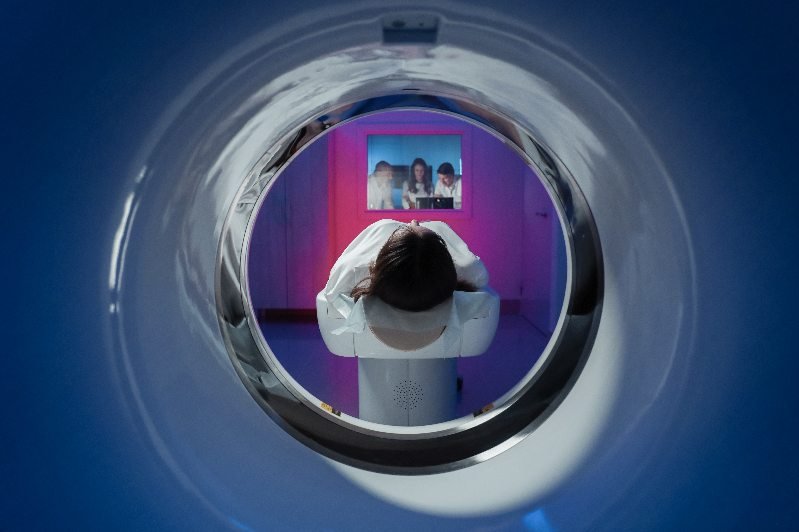-
April 29, 2020
-
0

What is a CT scan?
A computerised tomography scan, also known as CT or CAT scan, is a diagnostic procedure where computers and rotating X-ray machines are used to create cross-sectional images of the human body. Compared to traditional X-rays, these images provide more detailed information such as visuals of blood vessels, soft tissue and bones. A CT scan can be performed on any part of the body.
During a CT scan, the patient is made to lie inside a tunnel-shaped machine. They may be given a special contrast dye that makes internal structures clarity better on the images. The inside of this machine rotates continuously while taking series of X-ray images from various angles. The images are sent to a computer where a physician can view them. Cross-section visuals can be combined to create three-dimensional images for better understanding of the patient’s condition.
When is a CT scan necessary?
The primary purpose of a CT scan is to diagnose and evaluate injuries and conditions. This imaging technique helps:
- Diagnose disorders, bone fractures and infections
- Study internal structures such as blood vessels
- Accurately locate tumours and abnormal masses
- Assist during procedures such as biopsies and surgeries
- Determine the extent of internal bleeding and injuries
- Determine the effectiveness of certain treatments
Are CT scans better than X-rays?
CT scans differ from X-rays as they produce multiple cross-section images of the body. The image quality is similar to MRI (magnetic resonance imaging) but is more detailed compared to X-ray images. A CT scan is a powerful diagnostic tool and considered more sophisticated than X-rays in many ways. Doctors prescribe CT scans when X-rays are not as effective or when they want more descriptive images for diagnosis and treatment.
Contact
JAYANAGAR
BANASHANKARI

